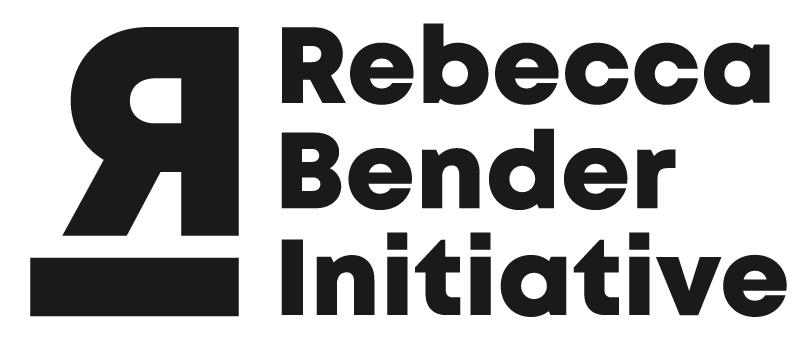The Problem
Let’s take a closer look at some of the common questions and misconceptions surrounding human trafficking and discover how you can make a difference and stand with survivors in your own community and around the world.

Labor Trafficking vs Sex Trafficking
Although the Polaris Project identifies 25 typologies of human trafficking, the U.S. Department of State mainly recognizes two primary forms of trafficking in persons - forced labor trafficking and sex trafficking. But what’s the difference between the two? And are there similarities?
Both labor trafficking and sex trafficking are essentially exploitation for profit, but when it comes to labor trafficking, victims are typically exploited through forced work or debt bondage. This means they may have to work long hours for little pay, in dangerous or unhealthy conditions, and may face physical or emotional abuse. There is a wide range of industries that labor trafficking can happen in, such as agriculture, construction, the beauty/spa industry, or domestic work.
Victims of sex trafficking are compelled by force, fraud, or coercion to engage in commercial sex acts by their traffickers. Sex trafficking can involve prostitution, but can also include image-based abuse, pornography, or various forms of sexual exploitation.
Survivors of labor and/or sex trafficking can experience violence, threats, and manipulation designed to control them. Some feel they have to make the choice between exploitation and survival. Regardless of the specific situation, the physical and/or emotional abuse, trauma, and loss of freedom and autonomy are devastating.
Are some victims hidden in plain sight?
Despite what Hollywood may tell you, victims aren’t usually kidnapped and pulled out by their feet while hiding underneath a bed. You may have even been led to believe that trafficking only happens in big cities or in third world countries.
Rebecca Bender, our founder, experienced misidentification firsthand.
“For almost six years I had been bought and sold between three traffickers, two of whom tattooed their names on my back,” says Rebecca. “I'd been to jail several times, my face was broken in multiple places, and I was hospitalized for dehydration and exhaustion. I had numerous attempted escapes. By 21, I had tried to commit suicide twice. I was trapped in a life of chaos with no hope for escape. But no one in my life, including myself, identified with the phrase human trafficking.”
Why is it difficult for concerned citizens, and even victims, to identify human trafficking?
Misinformation and sensationalism are fueling misidentification. Human trafficking is happening all around us, but it doesn’t usually look like we think it will.
The truth is, victims are frequently lured by people they know and trust.
Victims of human trafficking might live next door to you. Their children may go to school with your child. Teenage victims may even come home for dinner with their families every night. But every day, these victims remain unidentified by neighbors and the general public because we are looking for people who are bound and gagged in a basement or chained to a bed. We are teaching our kids about “stranger danger” but we aren’t teaching them about internet safety. In fact, many human trafficking victims do not self-identify because of inaccurate stereotypes and sensational myths.

To learn more about what you may be missing when it comes to spotting human trafficking in your neighborhood, watch Rebecca Bender’s TED talk
Why don’t they just run?
If the majority of human trafficking victims aren’t chained up or physically trapped, people often wonder why the survivors didn’t just leave the situation or run when they had a chance. According to one theory, pimp-controlled sex trafficking actually has similarities to the characteristics of an organized cult. Brainwashing, psychological manipulation, isolation from friends and family, and fear of violence are some of the obstacles a victim can face when considering their options. Sex trafficking victims may feel they truly love their abuser, and they may also have children, which the trafficker manipulates to get what they want.
A labor trafficking victim may be terrified of law enforcement and may even have their work visas confiscated by their trafficker. If they do not speak the language and have been threatened with violence towards themselves or their families, they may not feel any hope in running or even asking for help.
Traffickers target the most vulnerable victims.
Think about the most vulnerable, marginalized members of your community. These people who may be experiencing challenges or situations that can make them increasingly susceptible to manipulation by traffickers. Here are a few:
-
Homelessness
-
Domestic Violence
-
Poverty
-
Foster Care
-
LGBTQ+
-
BIPOC
-
Single Parents
-
Undocumented Persons
-
Refugees
-
New List Item
Another factor is that marginalized people may often be more vulnerable to violence, discrimination, and abuse, making them more susceptible to trafficking and other forms of exploitation.
Traffickers often target these individuals by exploiting their needs and vulnerabilities. They use their situation to coerce them into human trafficking
Remember that fighting human trafficking is a long-term effort and it's important to stay informed and engaged to help make a difference.











